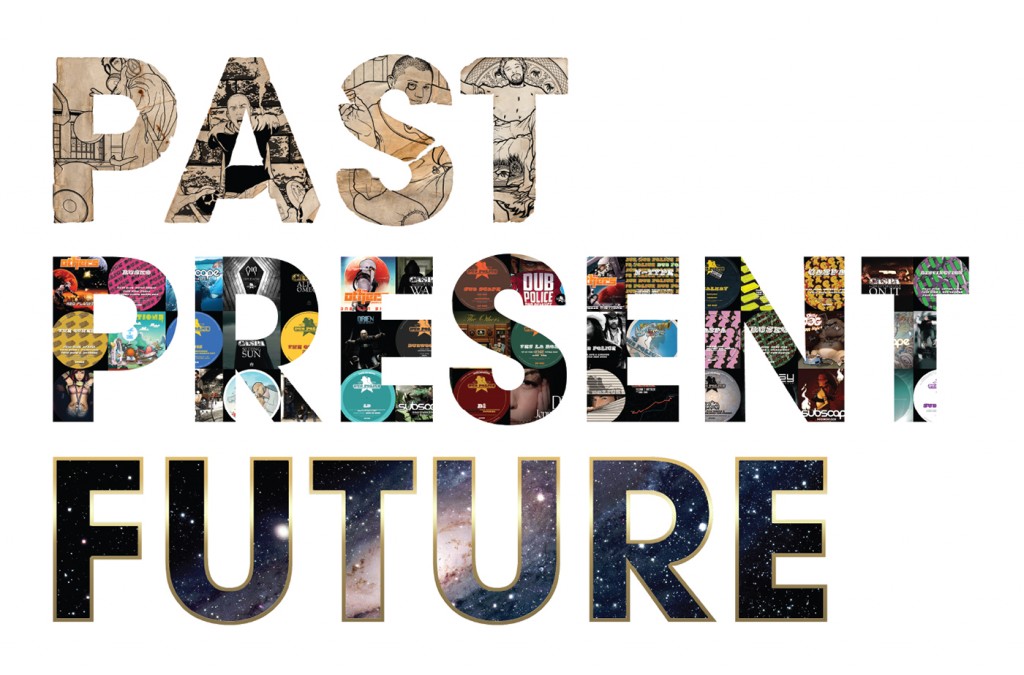Mining for Social Gold
 When’s the last time you logged onto Facebook? Did you see any ads, did you share any products? Did you leave a comment on a company page? Collectively, this daily activity has the power to not only describe you as a consumer, but to also predict your future behaviors. That is why the mining and analysis of Big Data is one of the fastest growing priorities in IT. Companies are not only looking to understand consumers better, they are looking to capitalize on their past, present, and future.
When’s the last time you logged onto Facebook? Did you see any ads, did you share any products? Did you leave a comment on a company page? Collectively, this daily activity has the power to not only describe you as a consumer, but to also predict your future behaviors. That is why the mining and analysis of Big Data is one of the fastest growing priorities in IT. Companies are not only looking to understand consumers better, they are looking to capitalize on their past, present, and future.
Past
Proponents of Preventative Medicine are championing the use of data science as it relates to patient and organizational health. However, the barriers of meaningful use and electronic health records leave providers to rely on family health history and patient-specific data to forecast treatment. Given the opportunity, physicians can use not only historic data, but also current lifestyle information to predict future health risks with more certainty, and use telemedicine to communicate with their patients in real-time.
Present
Another notorious example is Facebook’s controversial emotion study, published by the National Academy of Sciences. Hoping to create a positive customer experience for their users, they tracked the types of content that sparked positive and negative emotions from participants. Knowing what we know now, the social network subscription rate was already in decline, and it makes sense that they would attempt to use the outcomes of their emotion study to maintain customer retention.
Future
A popular example of this was back in 2012, when the New York Times covered the story of Target’s predictive algorithm that forecasted a customer’s pregnancy. By tracking past purchases, mathematicians were able to create a profile that described someone who was going to have a baby. Using this information, the company would send coupons and special offers for infant products. Using this insight, Target developed a strategy that cultivated a pattern customer loyalty beginning at birth.
So with all these use cases in our arsenal, where will analytics go from here?
Even with access to the past, present, and future, company’s are still limited by their tools and ability to respond to their customers’ needs. That is why the invention of interactive technology, real-time analytics, and visualization are so important to the next generation of data science. With the ability to react in real-time, across industries like and Health Care, Services, and Retail makes insights and workflows accessible to not only IT, but also business users. Having tools like this, unlocks the potential of social data and empowers the entire company to respond to their customer’s needs.
Join us in Washington DC, as we join with MeetUp to discuss Facebook data mining. Find out more at: http://www.meetup.com/Data-Driven-DC/events/199201722/




